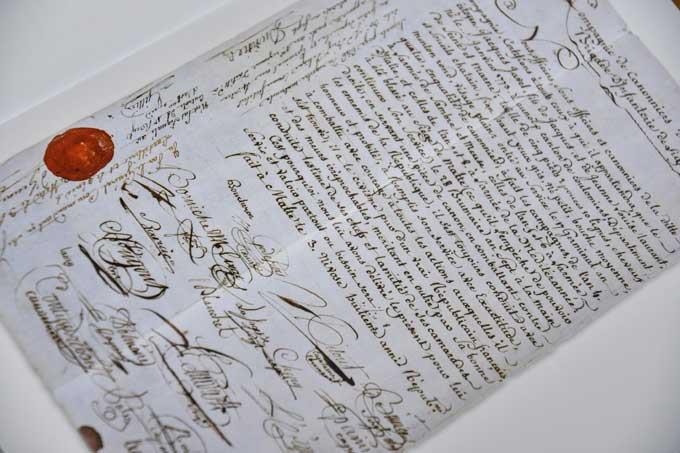If someone in the future had to write a similar book compiling first-hand accounts from the 21st Century, what do you think it would look like?
This is a question I often asked myself while researching the letters and artefacts. I personally feel it would look uglier, less personal and full of grammatical mistakes. It would also be too direct compared to how we used to write before.
You would also note the change in attitude in the way we communicate; one of the collections of letters in the book is from a young man fighting in the Malta Convoy writing letters to his parents. During the battle, half his hand was blown off, and the first thing he does is apologise for his untidy handwriting. He doesn't ask for pity or anything of the sort; as time passes, so do our attitudes towards communication. Now people are more direct, and there is also less attention to calligraphy, which was once considered an art form.
One exception, however, would be films and short video clips. Just as the last chapter of the book is mainly photographs, the future will be full of video snippets. We are more inclined to watch a two-minute clip than to read a letter, and many people are more artistic in the production of the video, regardless of the message it might portray.

What inspired you to research these particular letters and what is the book's message?
I am not a historian by profession, but discovering such letters and artefacts was like putting together a jigsaw puzzle as I tried to focus on the human stories which I felt should play a part in the way we recount history. I had been aware of some of these letters for quite a number of years, but a collection of letters dating back to 1804 caught my eye. They were written by a US admiral stationed in Malta. I was personally unaware the US Navy docked in Malta and such letters bring about a part of Maltese history which is not discussed enough.
The book delves into much more than just ten letters; and many might find the title misleading. When I say letters, I mean all different types of written artefacts (scriptures, notes, letters) which help build a story and how these letters reflect certain milestones in Maltese history. My main goal for the book is to build a narrative not just for a Maltese audience, but also for foreigners; to show how Malta developed into a multicultural country and nation, which is a result of all the different nationalities and people who have lived here and how their influences moulded and changed the country.

The collections of artefacts in the book are all extraordinary, but which collection really sparked your imagination?
That would probably be the collection of over 150 letters which were exchanged by a German lady and her boyfriend, friends and family members during World War II. The collection was brought to my attention and took months of cataloguing and studying, in addition to finding someone who would translate them. I could tell that this particular collection was extremely valuable and that the letters, kept in pristine condition, had meant a lot to this German woman.
The box contained correspondences exchanged with at least five individuals, with letters coming from several occupied territories. The most interesting of these were the letters addressed to a particular Oberleutenant Iring Englisch. Englisch was a German JG 77 fighter pilot, and was operating from airfields in Sicily and Tripoli. He took part in bombings to destroy the convoys transporting supplies to Malta. Englisch was also the young woman's boyfriend, whom she was clearly fond of. She would even send him clippings of flowers from her hikes. They were both in their early twenties and were planning a life together after the war. Unfortunately, Englisch died on Christmas Eve 1944, at the age of 22, and the news of his death was slow to reach her and she continued to write to him weeks after his death.
For me, these letters give us a different perspective of the war, especially those German victims left without husbands, fathers and brothers. The fact that she never married shows she never got over Englisch's death. The collection of letters is an indication of that pain. Such letters offer a different perspective of those who were part of the aerial battles against Malta. The same German fighter was also someone's sweetheart; someone who was waiting for him to come back home.